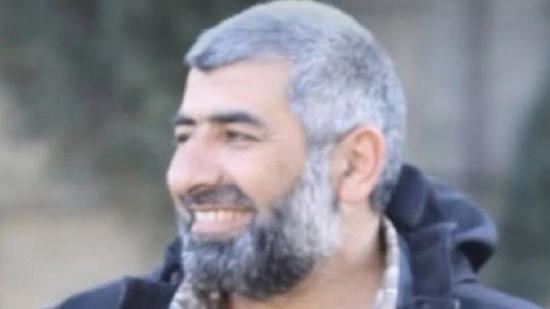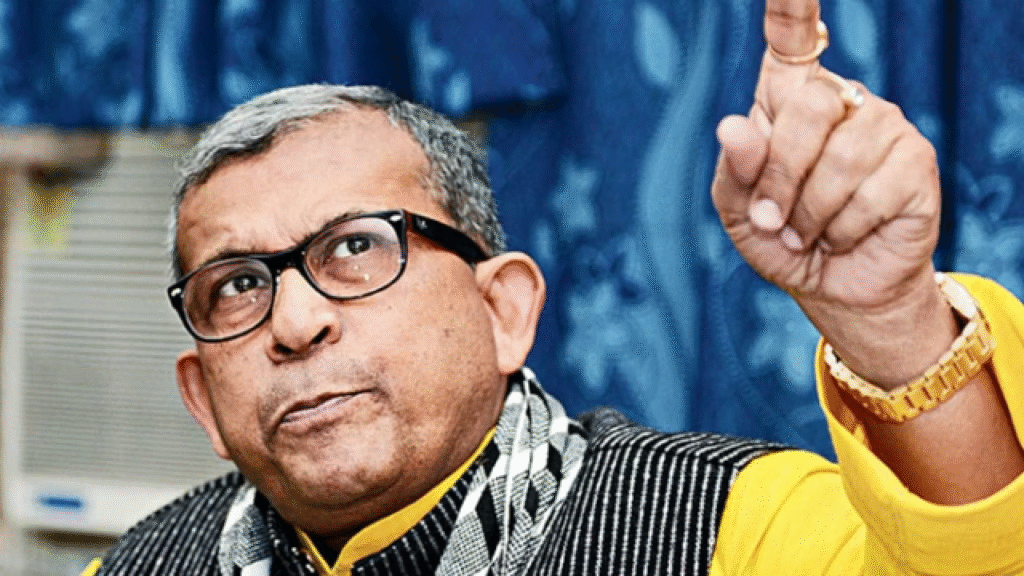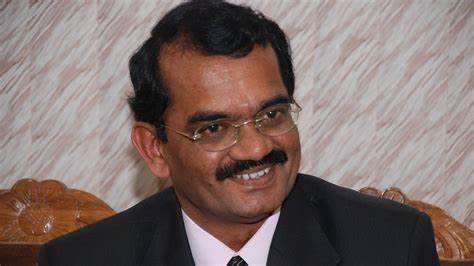Sabra Precision Strike Wipes Out Hamas Combat-Support Chief—Cease-Fire Talks Now in Flames
🔴 ELIMINATED: eliminated Hakham Muhammad Issa Al-Issa—one of the founders of Hamas’ military wing.
— Israel Defense Forces (@IDF) June 28, 2025
Issa led Hamas’ force build-up, training, and planned the October 7 massacre. As Head of Combat Support, he advanced aerial & naval attacks against Israelis.
The IDF & ISA will… pic.twitter.com/pzf7DgQc19
The Israel Defense Forces (IDF) and Shin Bet say they have killed Hakham Muhammad Issa al-Issa, a founding commander of Hamas’s Izz al-Din al-Qassam Brigades and, according to Israeli intelligence, a central planner of the 7 October 2023 assault that left some 1,200 Israelis dead and 250 taken hostage. The late-night 28 June 2025 strike levelled a three-storey residence in the Sabra district of Gaza City, killing al-Issa, his wife, grandson and several bodyguards. Gaza’s Health Ministry claims additional civilian casualties, placing the night’s death toll across multiple strikes at about 60.
For Israel, the operation caps weeks of “senior-tier” manhunts that earlier claimed brigade chiefs Mohammed Sinwar and Asaad Abu Sharia. For Hamas, it removes one of the last pre-war veterans still directing rocket, drone and naval cells from inside Gaza.
Who Was Hakham al-Issa? The Shadow Brain Behind Hamas’s 2023 Bloodbath
Born in Khan Younis in 1973, Hakham al-Issa fought with foreign Islamist militias in Iraq before slipping back into Gaza in 2005. He helped establish Hamas’s Combat-Support Headquarters, overseeing long-range rockets, sub-sea “explosive boats,” and the paragliders that spearheaded the October 7 cross-border raid. Israeli briefings describe him as “the institutional memory” who fused air, land and sea tactics into Hamas’s first combined-arms operation against Israel.
Al-Issa later became Chief of Training and co-founded Hamas’s military academy, graduating thousands of fighters in urban warfare and tunnel combat. Western and Arab intelligence circles long considered him a harder target than Mohammed Deif because he used civilian safehouses rather than tunnels, shielded by family members and a rotating ring of child lookouts.
Despite mounting bounties, he routinely sent encrypted voice notes to field units as recently as May, coordinating simultaneous rocket salvos and drone drops on Ashkelon and Netivot. Israeli analysts say the extensive knowledge he carried on supply chains, drone firmware and naval infiltration routes cannot be easily replaced.
Blast Fallout: Hostage Bargain Hardens, Hezbollah Reacts, Region Teeters on Wider War
With al-Issa gone, Hamas’s sophisticated “multi-domain” attacks will likely give way to smaller, locally planned raids directed by brigade-level commanders who lack his strategic reach. The IDF argues this fragmentation will shorten the war; independent analysts warn it could spawn uncoordinated yet frequent rocket harassment that drags on for months.
The strike lands amid stalled Cairo-Doha cease-fire talks. Israeli negotiators may cite al-Issa’s elimination as proof Hamas is weakening—hardening their position on hostage releases—while Hamas will portray his “martyrdom” as leverage to demand broader concessions. US envoys fear the incident could delay a humanitarian pause beyond early July, especially if Hamas retaliates via Hezbollah rocket barrages from Lebanon, already up to 45 launches the day after the strike.
Hezbollah’s overnight response and Iranian praise of al-Issa as “a pillar of the resistance axis” raise the risk of a wider conflict. Israel has already struck Mahrouna in south Lebanon, killing a local Hezbollah commander, signalling tit-for-tat escalation rather than de-escalation. Cyber experts also warn of Iranian-linked ransomware or wiper attacks on Israeli infrastructure in the coming weeks.
Gaza’s civil authorities accuse Israel of “collective punishment,” citing the Sabra strike’s collateral toll. Images of a crushed residential block and children pulled from rubble are circulating widely on Arabic-language channels, likely fuelling international calls at the UN for stronger civilian-protection mechanisms.





















